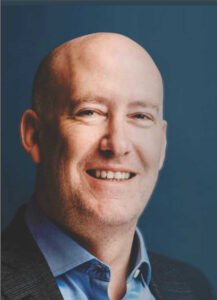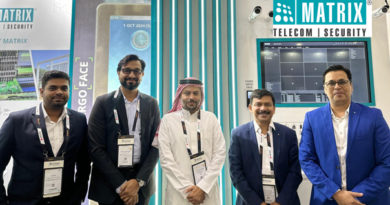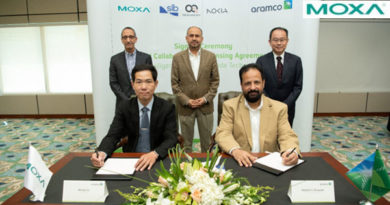Interviwe with Joe Vorih, President and CEO
Joe, where do you see product development heading now?
It’s an exciting time for HBK. We see our customers challenged more than ever with the need to accelerate product development and to make smarter products. Therefore, what they really are looking for is partners that can deliver fully integrated solutions of software, sensors and simulation.
For us, there are several key areas of new product and solution development. But in particular, it’s actually integrating software and data management right into our test and measurement solutions, so our customers can really leverage the full suite of products and use it to accelerate their product development.
We also see a long-term need to have smarter sensors and better integration of data analysis and data management capability – all the way down to the level of the sensor. In this way, systems become more distributed, more intelligent and much more in line with what customers need in this transition to industry 4.0, IoT. It’s a great challenge, and one that we’re ready for.
And are these challenges the same across the different industry segments, or are they unique to one or the other?
It’s interesting. It’s playing out a little bit differently. In automotive, for example, we see a marked acceleration in product development and new vehicle release. We see more focus on the software and simulation side for us. In other areas, for example, in medical devices, agriculture and food production, we’re seeing a trend towards smarter sensors on board in some of the production systems. So while the trends are the same, they do play out at different speeds in different industries.
How can HBK, which is the union of two big market leaders in the physical phenomena, test and measurement industry, aid in digitalization?
By bringing together Bruel & Kjaer and HBM, which are two, as you said, market leaders with a long history of helping customers, on the one hand, in the sound and vibration domain, on the other hand, in the physical reliability testing space – by bringing this expertise together, we actually can cover the whole range of testing applications in the physical world. Plus, for some time, we’ve been layering on top of that the digital software and simulation capability. By uniting all of that, we create a single working environment for our customers.
So, we are hard at work building one working environment, bridging the physical and digital worlds, based on a long history of expertise across a wide range of sensor domains and physical spaces.
We’re talking about creating a space where they can bridge the gap. So how exactly will we be bridging the gap between the physical and virtual worlds?
Bridging the gap between the physical and virtual worlds is something everybody talks about and everybody knows is necessary, but it’s not easy to do. What it means is that as you sort of walk through the product development cycle starting with early design, where you generate a lot of information and data, then you do some simulation that generates more data. And then, of course, that data is used to design the test phase of the project. Eventually customers want to do virtual testing and then physical testing and then collect that data too. That’s a mountain of data, generated by different systems.
The challenge really is to make sure that, as you play forward through that process, each step can be made easier and is informed by the previous steps. And as you play backward through the process, you can correlate back. If you do this well, then what happens is that you can shorten the entire development cycle and you can move from the beginning to the end and have very few turn backs, very few issues as you go through.
We see this as successful, shorter, better integrated, less wasteful product development cycles.
Thank you.





